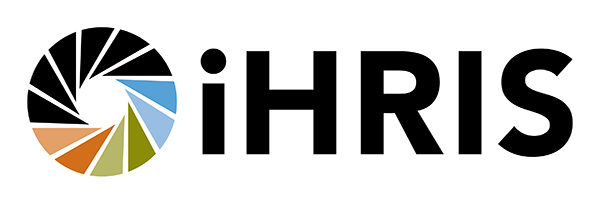IntraHealth's Free iHRIS Software Valued at Over $1.8 Million

iHRIS—IntraHealth International's free, open source software now used by 28 countries to track and manage health workforce data—has a value of $1.8–$2.4 million, according to the US Agency for International Development (USAID) and the Boston Consulting Group (BCG). The cost of replacing iHRIS if it were to suddenly disappear would be $10.8 million, they found.
iHRIS can be used as a tool to foster discussion in other development sectors.
In December 2019, USAID introduced the Software Global Goods Valuation Framework and related spreadsheet. These tools enable donors, software development organizations, governments, and others to estimate the cumulative development cost for software global goods. To launch the new framework, USAID and BCG evaluated iHRIS and valued it at a minimum of $1.8 million. When they looked at annual investments to keep these systems going and growing, they found that iHRIS needs an annual investment of $1.25 million.
IntraHealth’s digital health solutions are free for anyone to access and use any time. But the cost of creating new software for international development can be high. It relies on a mix of direct support and project-based funds, along with staff time to design, write, and test software code. It can be difficult to know the hard value of building or replacing these systems.
This estimation is based on two key outputs:
- The original cost of developing software global good
- The ongoing costs of maintaining and further developing the software
Together these calculations provide estimations of the value of the global good to-date, and can serve as important information for key decision-makers in selecting software systems to meet a country’s public health needs.
“While the framework and user guide were developed in the context of the global health sector, these tools can be used more broadly in other development sectors,” says Wayan Vota, director of digital health at IntraHealth. “They can be used as a way to foster a discussion with country governments, funders, and other development partners on how publicly funded investments in digital systems can leverage software global goods by default.”
